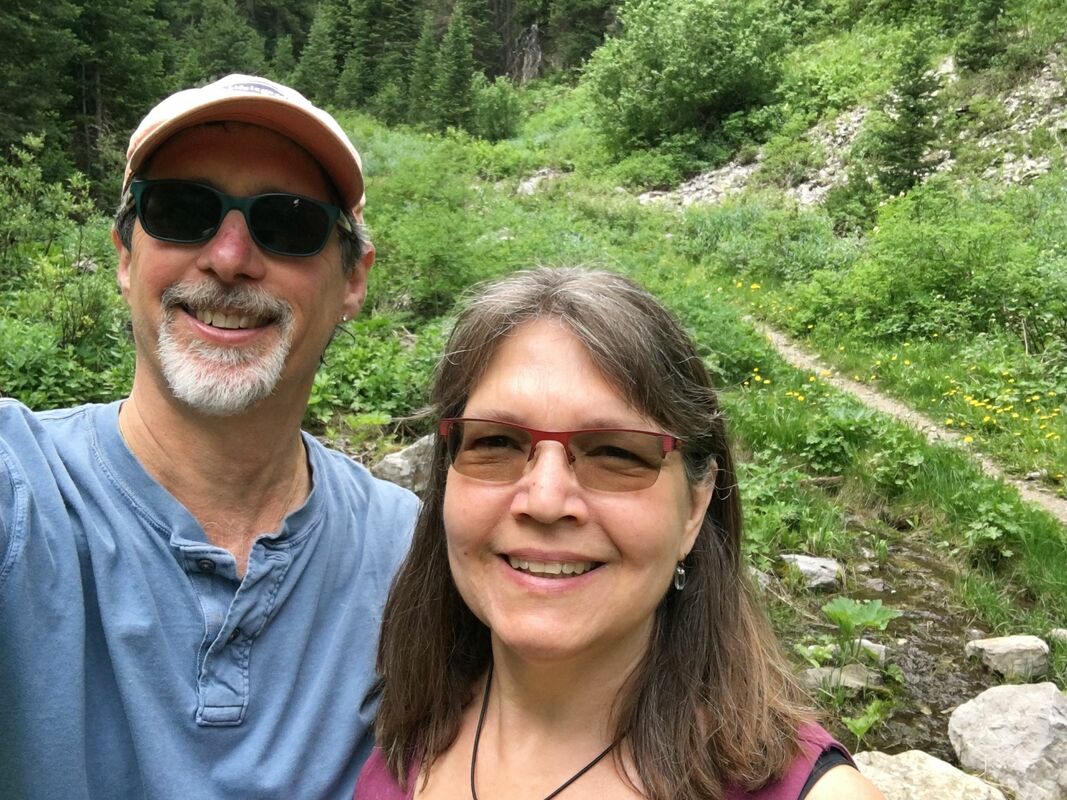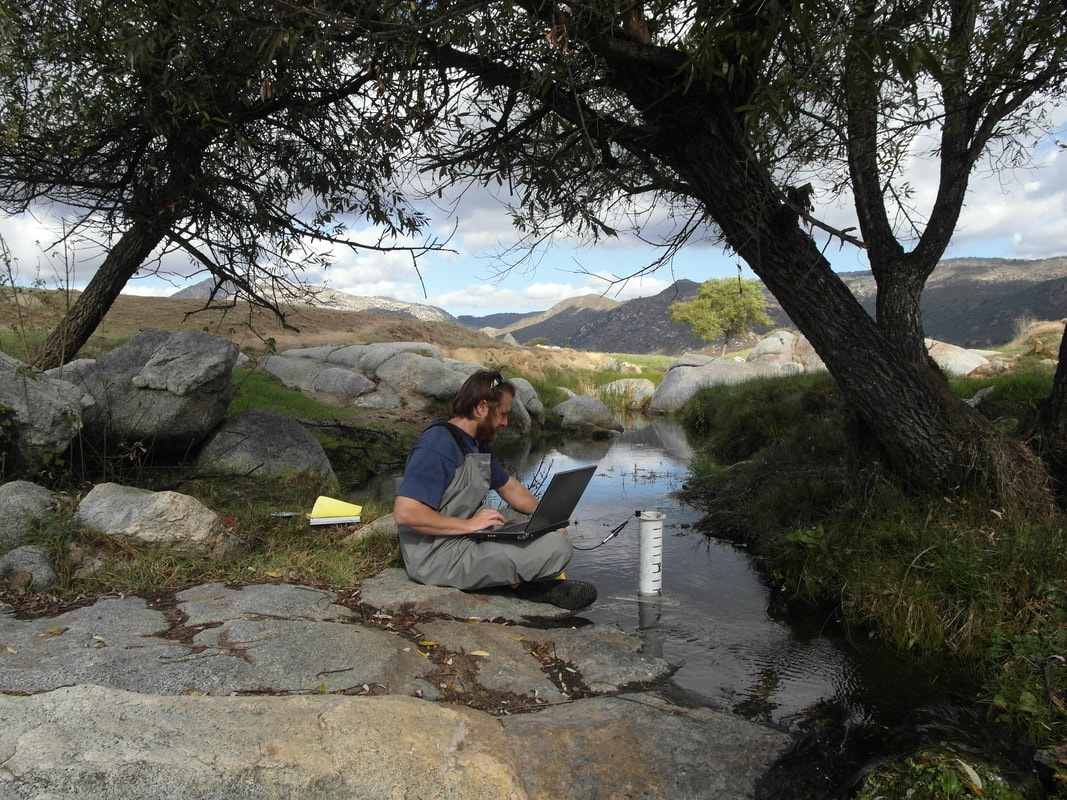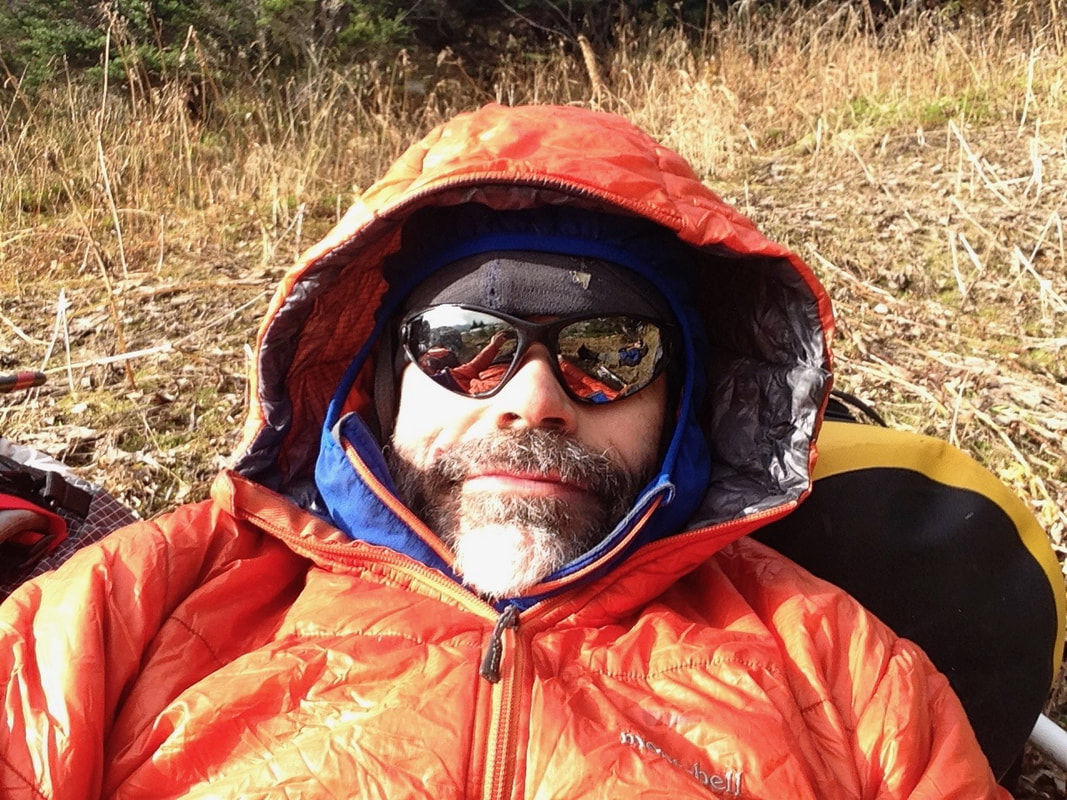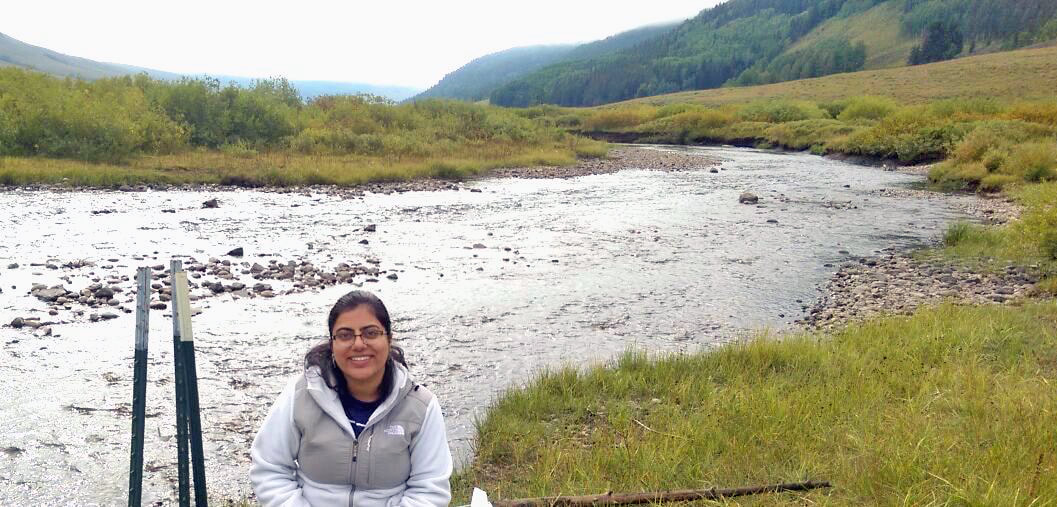I like to think of ecohydrology as following water molecules through ecosystems, with all the complicated interactions and pathways that happen along the way. What are they doing, where are they going, and what does that mean to the ecosystem? As a discipline, ecohydrology has allowed my research to flow naturally from canopy to roots and soils to groundwater systems into rivers streams and lakes. As someone who conducts research for a regulatory agency, this freedom within a research discipline means my research can move to meet the needs of the EPA.
What are your undergraduate and graduate degrees in?
My undergraduate degree was at the University of Georgia in the School of Forestry majoring in Forest Hydrology with John. D. Hewlett. My Master’s and PhD were from College of Forest Resources at the University of Washington, specializing in Tree physiology under the guidance of Tom Hinckley, who brought me up into forest canopies, literally. My postdoctoral experience at the University of Utah with Jim Ehleringer opened the world of stable isotopes in ecology to me. All of these experiences have been critical components to becoming an ecohydrologist.
How did you arrive at working in/thinking about ecohydrology?
Camping trips in Oregon in my youth exposed me to the dramatic changes water can induce in tree size from the coastal rain forest to inland deserts. I remember canoe trips in Florida as a high school student and being fascinated by cypress knees. This exposure to how water influenced plant growth led to a life-long fascination with trees and water, and led me on the educational path I outlined above. The word Ecohydrology came along much later, and I remember thinking “Oh yeah! That describes what I do!”.
What do you see as an important emerging area of ecohydrology?
I am struggling to pinpoint just one area, as I think of declining snowpacks and the influence on surface water, but I am going to focus on nutrient pollution issues, and transport of water through the critical zone. Within EPA’s regulatory interests, the transport of nutrients from soils to groundwater and surface waters is a tremendous challenge governing non-point source pollution. A key part of this is understanding various pools of water and how they interact and reside within soils, and transport nutrients. The more we look into this issue, the more complicated yet fascinating it is.
Do you have a favorite ecohydrology paper? Describe/explain.
I am going to pick a paper that was revolutionary to me during my graduate school days:
Jarvis, P. G., and K. G. McNaughton. 1986. Stomatal control of transpiration: scaling up from leaf to region. Advances in Ecological Research 15:1-49.
Jarvis and McNaughton tackled the conflicting views of plant physiologists who felt stomata were the key to transpiration, and micrometeorologists who felt stomata were inconsequential to transpiration fluxes. They explain the Omega Factor, and the idea of scale and canopy coupling to explain the conflicting views. Micrometeorologists working on transpiration often measured transpiration above uniform crop canopies that were not coupled to the surrounding atmosphere, which diminished the role of stomata on transpiration. Plant physiologists measured transpiration at the leaf and eliminated the boundary layer around the leaf for their measurements, thus the role of stomata was central to the measured fluxes. This paper was a wonderful way to unite the two views, and opened my eyes to the influence of a researcher’s perspective to the conclusions they draw. Merging the views of two disciplines is another powerful feature of ecohydrology as a discipline: you learn to see things through more than one lens.
What do you do for fun (apart from ecohydrology)?
I like to sculpt things. My favorite medium is pumpkins: I carve one every year for Halloween, and spend 10 or more hours doing it. Here is my 2017 pumpkin when the total eclipse passed over Oregon. The pumpkin’s name is Totality:





 RSS Feed
RSS Feed